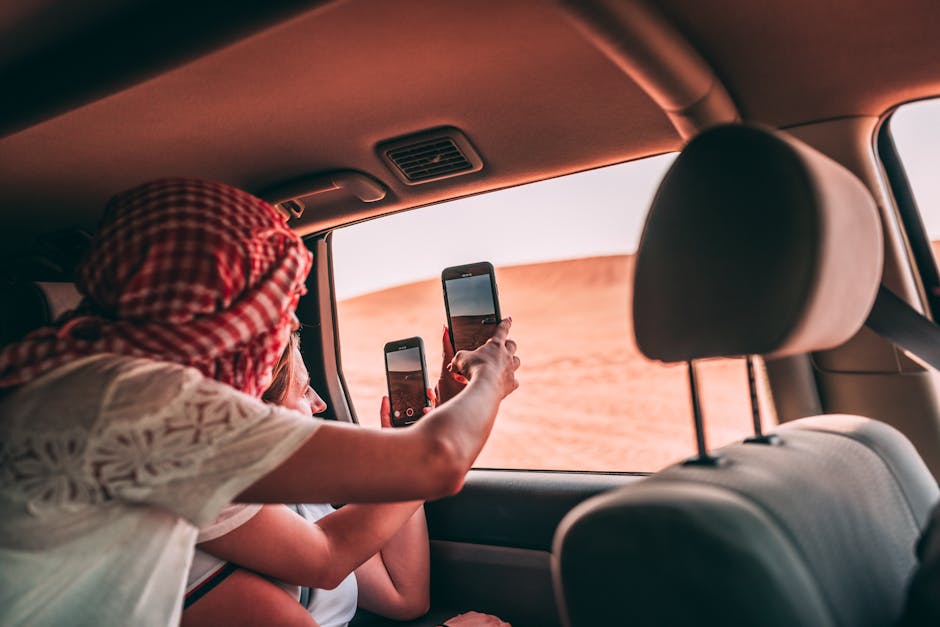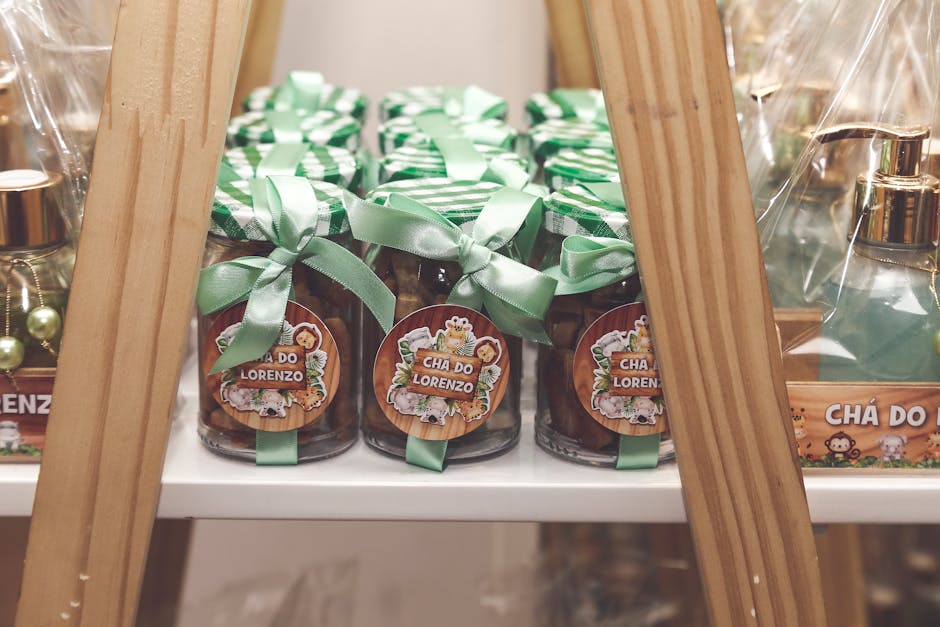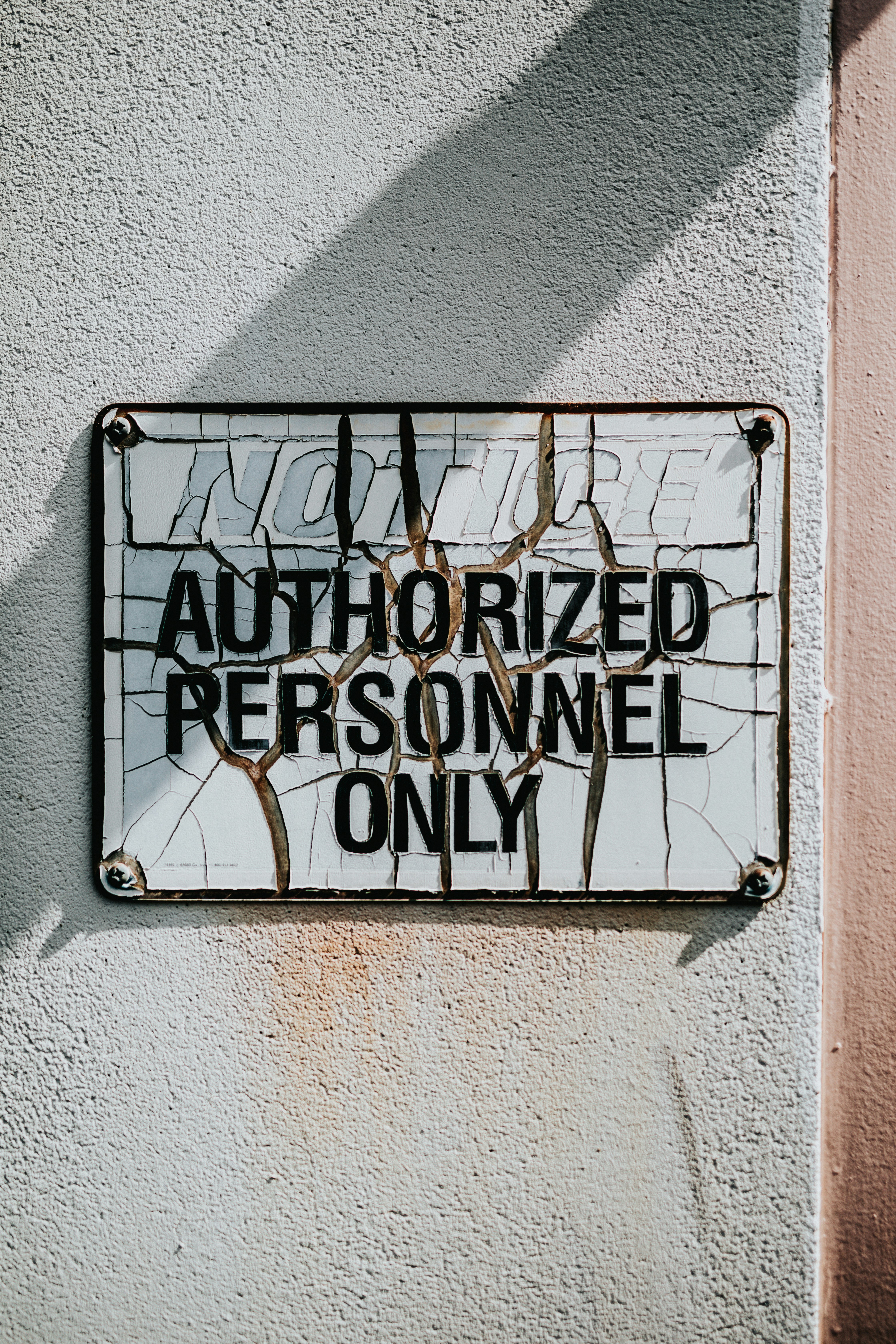From Local to Global: Innovate with Pop-Up Events for Brand Growth
In an era where traditional marketing strategies often blend into the background noise, small businesses and startups are on the lookout for fresh, innovative ways to stand out. One approach they can leverage is the rising trend of unconventional pop-up events. By deliberately creating unique, engaging experiences, businesses can transform a mundane interaction into an unforgettable moment that captures customer interest, enhances brand visibility, and drives exponential growth. Let’s dive into how you can harness the power of pop-ups to propel your brand from the local scene to a global audience.
The Rise of Pop-Up Events: Why They Work

Pop-up events have gained significant traction in recent years, and it’s not hard to see why. They offer a rare chance for businesses to break free from the digital constraints of ecommerce and engage customers face-to-face. The excitement surrounding a limited-time event adds an element of urgency and exclusivity, compelling consumers to get involved. For startups and small businesses, this format can be particularly beneficial.
According to a recent report by Eventbrite, 79% of consumers say they would attend an event if a brand is involved. By planting your brand at the intersection of experience and engagement, you’re likely to cultivate lasting relationships with new customers and influencers alike. Whether it’s a pop-up shop, a food tasting, or an experiential marketing campaign, the focus remains on interaction rather than transaction, allowing your brand to establish a more profound emotional connection with your audience.
Crafting an Unforgettable Experience

The beauty of pop-up events is that they can be customized in countless ways to fit your brand’s identity. Consider these imaginative ideas that can elevate an ordinary pop-up into an extraordinary one:
1. Themed Immersive Spaces

Take inspiration from the worlds your products create. For instance, cosmetics brands like Glossier have employed beautifully designed pop-up shops that reflect their online aesthetics while offering customers a unique in-person experience. Getting creative with themes can transport your audience into a different realm, making your brand memorable long after the event ends.
2. Collaboration with Local Artists or Influencers

Partnering with local influencers can amplify your reach tremendously. Joint ventures less commonly seen in your industry can lend you a fresh perspective. For instance, if you run a café, how about collaborating with a local artist to host a gallery showcasing their work alongside a special menu? This not only attracts their audience but also fosters a community spirit—a powerful driver of customer loyalty.
3. Live Demonstrations or Workshops

You can also host live demonstrations or workshops that invite attendees to participate actively. For example, if you’re selling homemade kitchenware, a cooking class using your products can entice potential customers and create a hands-on connection with individuals who value your craft.
4. Unique Giveaways or Trials

Offering exclusive experiences can turn first-time visitors into long-term customers. Consider setting up trials or giveaways that create buzz. Perhaps a contest to win your product or service that requires attendees to share their experience on social media can encourage organic promotion of your brand.
Strategically Choosing Locations

Location is everything. The setting of your pop-up should resonate with the message of your brand and align with your target audience.
1. High-Footfall Areas

Choose areas that attract a large number of people, like busy streets, festivals, or markets. For example, the popular neighborhood of SoHo in New York City serves as a hotspot for pop-up events—its eclectic mix of tourists and locals provides a diverse customer base.
2. Community-Oriented Venues
Consider local community centers, parks, or even collaborating with other local businesses to host your event. This builds goodwill within your community and strengthens your brand narrative as a supporter of local interests.
3. Digital Layering with Geotargeting
Integrate a digital marketing strategy by utilizing social media ads targeted at users in the vicinity when the event takes place. Translating this physical experience to a digital one helps to maintain engagement both before and after the event. This is crucial for driving website traffic and facilitating brand exploration beyond the physical event.
Engaging Your Audience Post-Event
Once the event concludes, your job isn’t over. It’s critical to maintain the momentum generated during the pop-up. Here’s how to keep the conversation going:
1. Follow-Up with Attendees
Utilize the contact information collected during the event to reach out to attendees a few days later. This could be a simple thank-you email or an invitation to connect via social media, reinforcing the relationship you’ve begun.
2. Encourage User-Generated Content
Encourage attendees to share their experiences on social media. Create a unique hashtag for your pop-up and incentivize customers to post pictures and reviews by entering them into a contest or offering discounts on future purchases.
3. Analyze Feedback and Data
Take the time to collect and assess customer feedback about the event. What aspects of the event did they enjoy? What improvements can be made? Analyze this information to refine your strategy moving forward.
Going Global: Leveraging the Pop-Up Model for Larger Markets
As your brand gains local recognition through pop-up events, consider scaling to a global level.
1. Utilize Technology for Virtual Experiences
Leverage technology to create virtual pop-ups. By offering global consumers the same immersive experience through interactive online platforms, you can build a worldwide audience without the associated travel costs.
2. Strategic Partnerships for Global Exposure
Form strategic partnerships with international brands that share a similar audience. This allows you to penetrate new markets while benefiting from established brand recognition.
3. Expand to Unconventional Venues Abroad
Consider hosting your pop-up in international cities known for their vibrant tourist culture. Adapting your event to suit cultural differences can promote inclusivity, sparking interest on a global scale.
The Financial Benefits of Unconventional Pop-Up Events
Investing in pop-up events may seem costly, but they often yield a significant return on investment when executed with care.
1. High Conversion Rates
According to the event marketing firm, Event Marketer, 70% of consumers made a purchase as a direct result of attending a brand event.
2. Social Media Buzz and Organic Growth
The unique nature of pop-up events tends to generate substantial social media content, offering you organic brand promotion without strictly paid advertising.
3. Building a Loyal Customer Base
As small businesses increasingly shift their focus to retaining existing customers, creating intimate and memorable experiences through pop-ups turns casual attendees into lifelong supporters.
Incorporating Lessons from Successful Brands
Brands like Nike, Glossier, and Starbucks have proven the immense potential of pop-up events. For instance, Starbucks created a temporary, community-focused Experience Store in New York City, merging local art and coffee culture to foster connections with local consumers.
By studying these successful strategies and adapting them to fit your brand’s unique identity, you can tailor your own execution for maximum impact.
Establishing Trust and Authority through Engagement
Incorporating elements of transparency and authenticity into your pop-up events can bolster customer trust. Sharing the story behind your brand, the people who create your products, and the values that drive your business can foster loyalty. Transparency in your operations not only enhances your brand’s credibility but also enriches the narrative you present to your audience.
Next Steps: Your Pop-Up Event Planning
As you consider embarking on your pop-up event journey, focus on these actionable steps:
-
Define Your Goals: Clarify what you aim to achieve, whether it’s brand awareness, customer engagement, or sales.
-
Budget: Prepare a budget that covers venue rental, marketing efforts, and engagement tools like giveaways or merchandise.
-
Launch Your Event: Create a buzz using social media and local advertising. Ensure your messaging is consistent across all platforms.
-
Evaluate Outcomes: After the event, measure your success through sales data, social media engagement, and customer feedback.
In embarking on this adventure, remember that the essence of your brand should remain at the forefront. Pop-up events present an opportunity to engage authentically, embracing creativity and connections that could elevate your business from local to global.
Final Thoughts
Unconventional pop-up events can be a strategic game-changer for small businesses looking to amplify their reach and customer engagement. With careful planning and execution, you can create memorable experiences that resonate with consumers, driving both immediate and long-term growth. Embrace the possibilities of these immersive events, and let your brand’s story unfold in exciting new ways!



